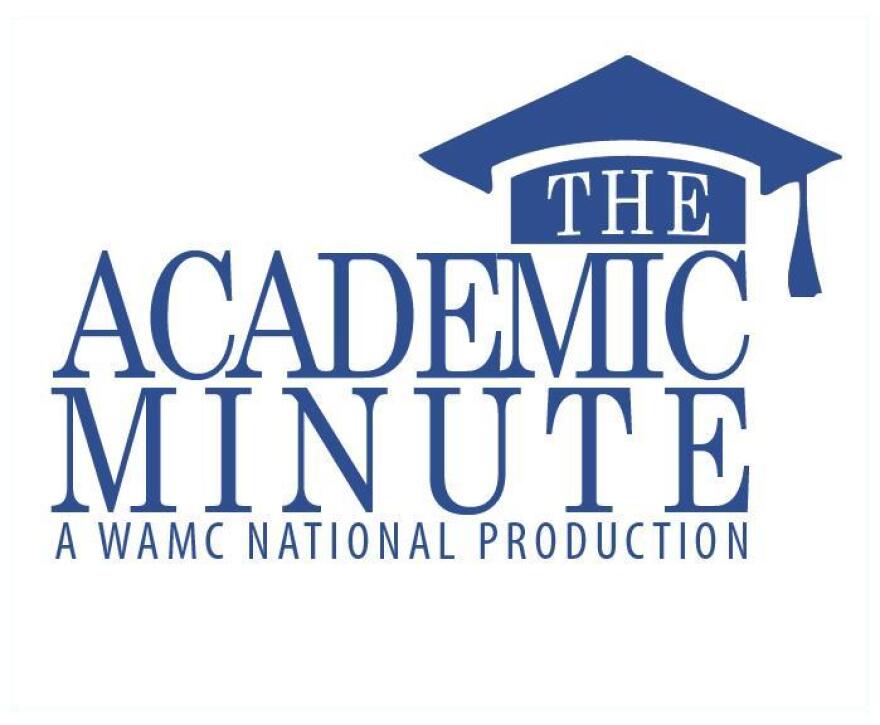In today’s Academic Minute, Dr. Vasileios Lampos of the University of Sheffield reveals what detailed analysis of a period's literature says about the spirit of the age.
Vasileios Lampos is a postdoctoral researcher in computer science at the University of Sheffield where he works on the TrendMiner project. He earned his Ph.D. at the University of Bristol where his dissertation focused on the application of machine learning and natural language processing methods to user-generated content posted on Social Media platforms, in an effort to conduct inferences about several aspects of our everyday life.
Dr. Vasileios Lampos – Analyzing Digitized Literature
One of the things I tried during my Ph.D. was the extraction of collective emotions from content posted in Twitter using taxonomies of affective keywords. A straightforward observation was the strong correlation between real-life events and the artificial emotion scores I was computing. For example on New Year’s Day, there was a peak of ‘joy’, whereas the death of ‘Amy Winehouse’ was reflected on peaking scores of ‘sadness’.
Our recent research was based on a simple idea: “what if we apply a similar emotion detection method, but on a different type of data?” The new information source was a collection of approximately 5 million digitised books published throughout the 20th century and stored in Google’s Ngram database. And the investigated emotion types were ‘joy’, ‘sadness’, ‘fear’, ‘anger’, ‘surprise’ and ‘disgust’.
This process started to yield fascinating results. Firstly, the difference between ‘joy’ and ‘sadness’ had a ‘sad’ peak during the Second World War and two ‘happy’ peaks in the 1920’s and 60’s. Interestingly, the score of all investigated emotions seemed to steadily decrease along the years… with a tiny exception: ‘fear’ that increases from the 70’s onwards. What’s more, after the 60’s books written in American English appear to be more ‘emotional’ than the ones written in British English.
At this point a fair question could be “how much should we trust those results?” Well, I enjoy standing on the critical side, and, in fact, we are now working on more sophisticated approaches for retrieving statistically stronger conclusions.
Production support for the Academic Minute comes from Newman’s Own, giving all profits to charity and pursuing the common good for over 30 years, and from Mount Holyoke College.



